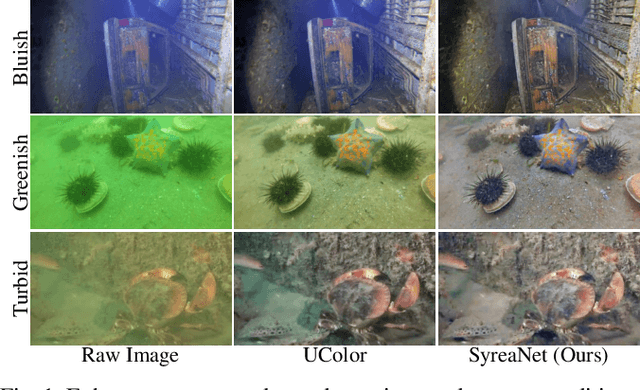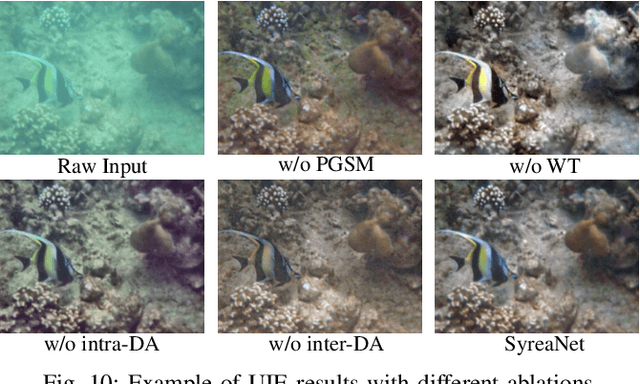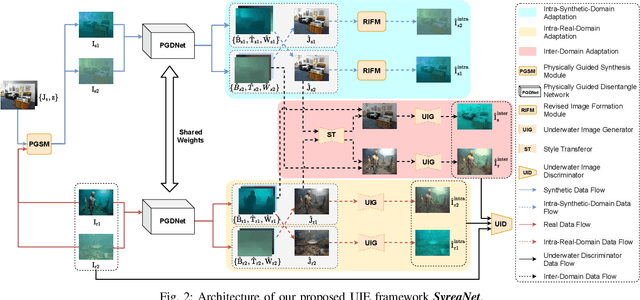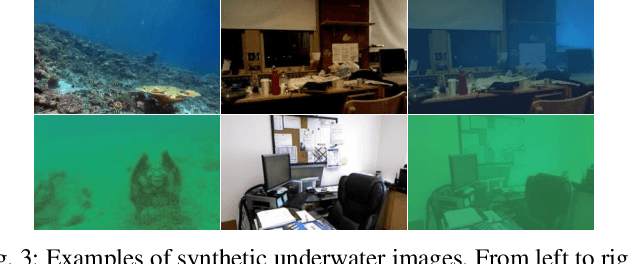Ruixin Yan
MediCLIP: Adapting CLIP for Few-shot Medical Image Anomaly Detection
May 18, 2024



Abstract:In the field of medical decision-making, precise anomaly detection in medical imaging plays a pivotal role in aiding clinicians. However, previous work is reliant on large-scale datasets for training anomaly detection models, which increases the development cost. This paper first focuses on the task of medical image anomaly detection in the few-shot setting, which is critically significant for the medical field where data collection and annotation are both very expensive. We propose an innovative approach, MediCLIP, which adapts the CLIP model to few-shot medical image anomaly detection through self-supervised fine-tuning. Although CLIP, as a vision-language model, demonstrates outstanding zero-/fewshot performance on various downstream tasks, it still falls short in the anomaly detection of medical images. To address this, we design a series of medical image anomaly synthesis tasks to simulate common disease patterns in medical imaging, transferring the powerful generalization capabilities of CLIP to the task of medical image anomaly detection. When only few-shot normal medical images are provided, MediCLIP achieves state-of-the-art performance in anomaly detection and location compared to other methods. Extensive experiments on three distinct medical anomaly detection tasks have demonstrated the superiority of our approach. The code is available at https://github.com/cnulab/MediCLIP.
SyreaNet: A Physically Guided Underwater Image Enhancement Framework Integrating Synthetic and Real Images
Feb 16, 2023



Abstract:Underwater image enhancement (UIE) is vital for high-level vision-related underwater tasks. Although learning-based UIE methods have made remarkable achievements in recent years, it's still challenging for them to consistently deal with various underwater conditions, which could be caused by: 1) the use of the simplified atmospheric image formation model in UIE may result in severe errors; 2) the network trained solely with synthetic images might have difficulty in generalizing well to real underwater images. In this work, we, for the first time, propose a framework \textit{SyreaNet} for UIE that integrates both synthetic and real data under the guidance of the revised underwater image formation model and novel domain adaptation (DA) strategies. First, an underwater image synthesis module based on the revised model is proposed. Then, a physically guided disentangled network is designed to predict the clear images by combining both synthetic and real underwater images. The intra- and inter-domain gaps are abridged by fully exchanging the domain knowledge. Extensive experiments demonstrate the superiority of our framework over other state-of-the-art (SOTA) learning-based UIE methods qualitatively and quantitatively. The code and dataset are publicly available at https://github.com/RockWenJJ/SyreaNet.git.
 Add to Chrome
Add to Chrome Add to Firefox
Add to Firefox Add to Edge
Add to Edge